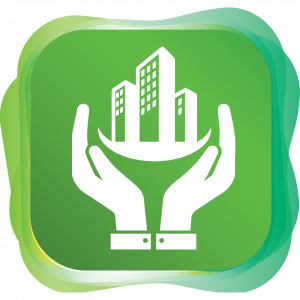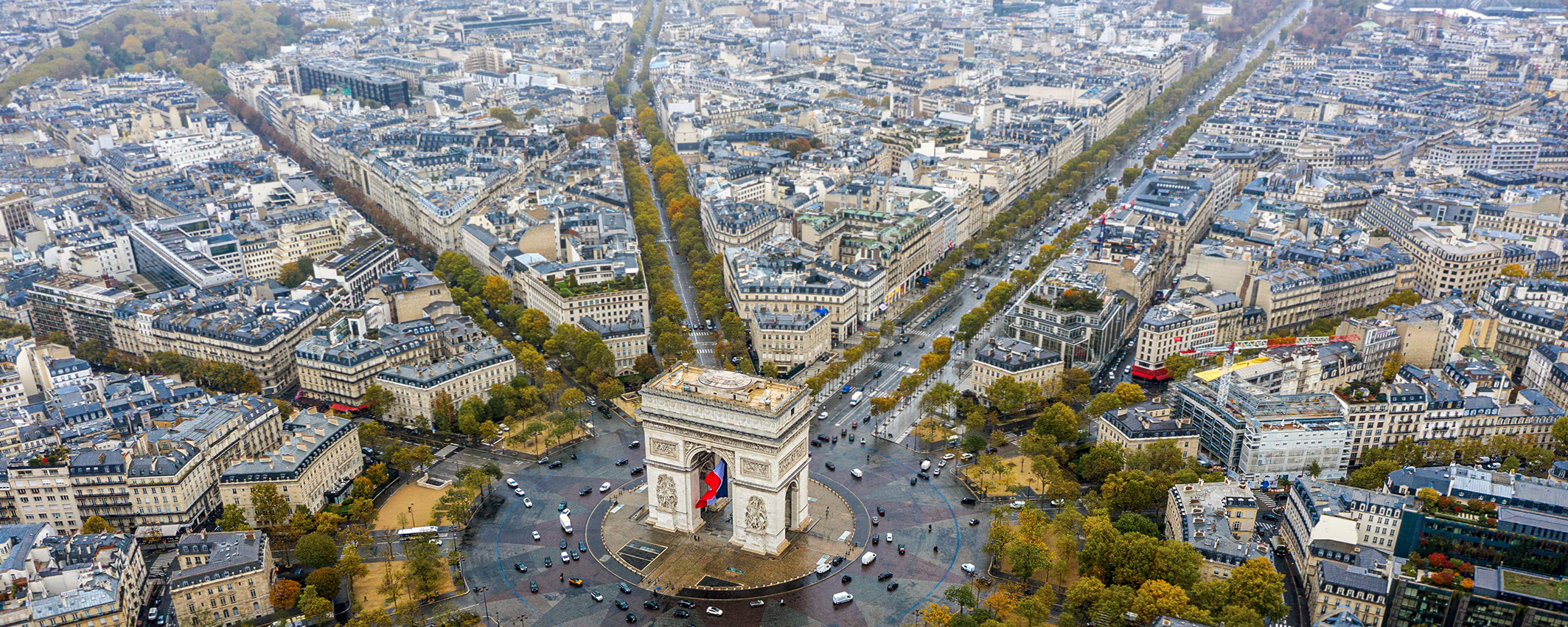 |
CCGL9070 Global IssuesThe Birth of the City and the Shaping of SocietiesThis course is under the thematic cluster(s) of:
|
Course Description
Cities are regarded as our greatest inventions. As political, socio-economic, and cultural centres, they exemplify human ingenuity, power, and capacity to manipulate resources and the environment. They have also fundamentally shaped human settlement and development patterns and hence civilisations. Since the 1800s, the unprecedented process of urbanisation and urban development has turned our Planet Earth into an Earthopolis. The future of humanity and our planet are fatefully linked with how our cities are made and run. To understand how our species have become the ways we are; what fundamentally defines the ways we live and how we relate to each other and the wider world, and how we may achieve sustainable development, it is imperative to trace our urban trajectory; learn from our urban heritage and experiences; reassess the nature, purposes, and functions of cities; and conjure up new imaginaries from the millennium-long urban adaptation process for our urban and planetary futures.
This course guides students in exploring the emergence of cities from the urban revolution first in Western Asia, through the key milestones of our urban evolution, to the current era of megacities and megaregions. In tracing this trajectory, it trains students in examining a series of key issues involved in city-making, in terms of urban form, social structure, functions, and historical circumstances and forces. It equips students with individual and group research, policy analysis and recommendation, and spatial development skills through short weekly assignments, a final group project, and an individual research essay. Students are guided systematically to deliver the expected outcomes important for their academic, professional, and personal growth related to cities.
[There will be a compulsory fieldtrip scheduled during the Reading Week.]
Course Learning Outcomes
On completing the course, students will be able to:
- Demonstrate a city-scale perspective of society and an integrative and historical understanding of city-making in terms of urban form, governance, and culture and society.
- Navigate through traditions and innovations, and similarities and differences among diverse urban societies in the historical periods covered in the course.
- Demonstrate an understanding of city-making on international, regional, and local levels.
- Demonstrate skills related to creativity, communication, and teamwork in order to improve the quality of urban living for themselves and others.
Offer Semester and Day of Teaching
Second semester (Wed)
Study Load
| Activities | Number of hours |
| Lectures | 22 |
| Tutorials | 9 |
| Field visit | 5 |
| Reading / Self-study | 34 |
| Assessment: Essay / Report writing | 40 |
| Assessment: Group project and presentation | 10 |
| Total: | 120 |
Assessment: 100% coursework
| Assessment Tasks | Weighting |
| Participation in lectures and tutorials | 10 |
| Short essays | 20 |
| Group project and presentation | 40 |
| Research paper | 30 |
Required Reading/Viewing
- Blondé, Bruno, and Ilja Van Damme. 2013. “Early Modern Europe: 1500–1800”. In Peter Clark, ed. 2013. The Oxford Handbook of Cities in World History, 240–57. Oxford: Oxford University Press.
- Boone, Marc. 2013. “Medieval Europe”. In Peter Clark, ed., The Oxford Handbook of Cities in World History, 221–239. Oxford: Oxford University Press.
- De Weerdt, Hilde. 2013. “China: 600–1300”. In Peter Clark, ed., The Oxford Handbook of Cities in World History, 292–309. Oxford: Oxford University Press.
- Hung, Ho-Fung, and Shaohua Zhan. 2013. “Industrialization and the City: East and West”. In Peter Clark, ed., Clark, The Oxford Handbook of Cities in World History, 645–63. Oxford: Oxford University Press.
- Lincoln, Toby. 2021. An Urban History of China. Cambridge: Cambridge University Press. (Chapter 1 ‘The Emergence of China’s Imperial Urban Civilization (Antiquity to 220CE), 15–44).
- Osborne, Robin, and Andrew Wallace-Hadrill. 2013. “Cities of the Ancient Mediterranean”. Peter Clark, ed., The Oxford Handbook of Cities in World History, 49–65. Oxford: Oxford University Press.
- Otto, Adelpheid. 2015. “Neo-Assyrian capital cities: from imperial headquarters to cosmopolitan cities”. In Norman, Yoffee, ed., Early Cities in Comparative Perspective, 4000 BCE–1200 BCE, 469–90. Cambridge: Cambridge University Press.
- Pittman, Holly. 2019. “The First Cities”. In Steve Tinny and Karen Sonik, eds., Journey to the City: A Companion to the Middle East Galleries at the Penn Museum. 46–75. Philadelphia: University of Pennsylvania Museum.
- Rowe, William T. 2013. “China: 1300–1900”. In Peter Clark, ed., The Oxford Handbook of Cities in World History, 310–27. Oxford: Oxford University Press.
- Terrenato, Nicola. 2015. “The archetypal imperial city: the rise of Rome and the burdens of empire”. In Normal Yoffee, ed. Early Cities in Comparative Perspective, 4000 BCE–1200 BCE, 513–32. Cambridge: Cambridge University Press.
Films to watch for the entire course
- Short films (on mega cities and the future of cities) developed by the Faculty of Architecture: https://www.arch.hku.hk/research/the-future-of-cities/
- Short films on ancient cities produced by the University of Pennsylvania Museum: https://www.penn.museum/collections/videos/video/1208
- The Fall of Civilizations Documentary Series: Fall of Civilizations – YouTube [Only the episodes related to the urban civilizations covered in this course]
Online resources
- A link introducing the Greater Bay Area of the Pearl Delt River: https://www.bayarea.gov.hk/en/about/overview.html
- A link to the Northern Metropolis Development Strategy of the Hong Kong Government: https://www.policyaddress.gov.hk/2021/eng/pdf/publications/Northern/Northern- Metropolis-Development-Strategy-Report.pdf
- The Age of Megacities: https://www.nationalgeographic.org/interactive/age-megacities/
- UN Habitat: World Cities Report 2022
- UNESCO: Culture: Urban Future; Global Report on Culture for Sustainable Urban Development
- UNESCO: Urban Heritage for Resilience: Consolidated Results of the Implementation of the 2011 Recommendation on the Historic Urban Landscape
Course Co-ordinator and Teacher(s)
| Course Co-ordinator | Contact |
| Professor S.Y. Chen School of Humanities (History), Faculty of Arts |
Tel: 3917 2427 Email: yischen@hku.hk |
| Teacher(s) | Contact |
| Professor S.Y. Chen School of Humanities (History), Faculty of Arts |
Tel: 3917 2427 Email: yischen@hku.hk |

